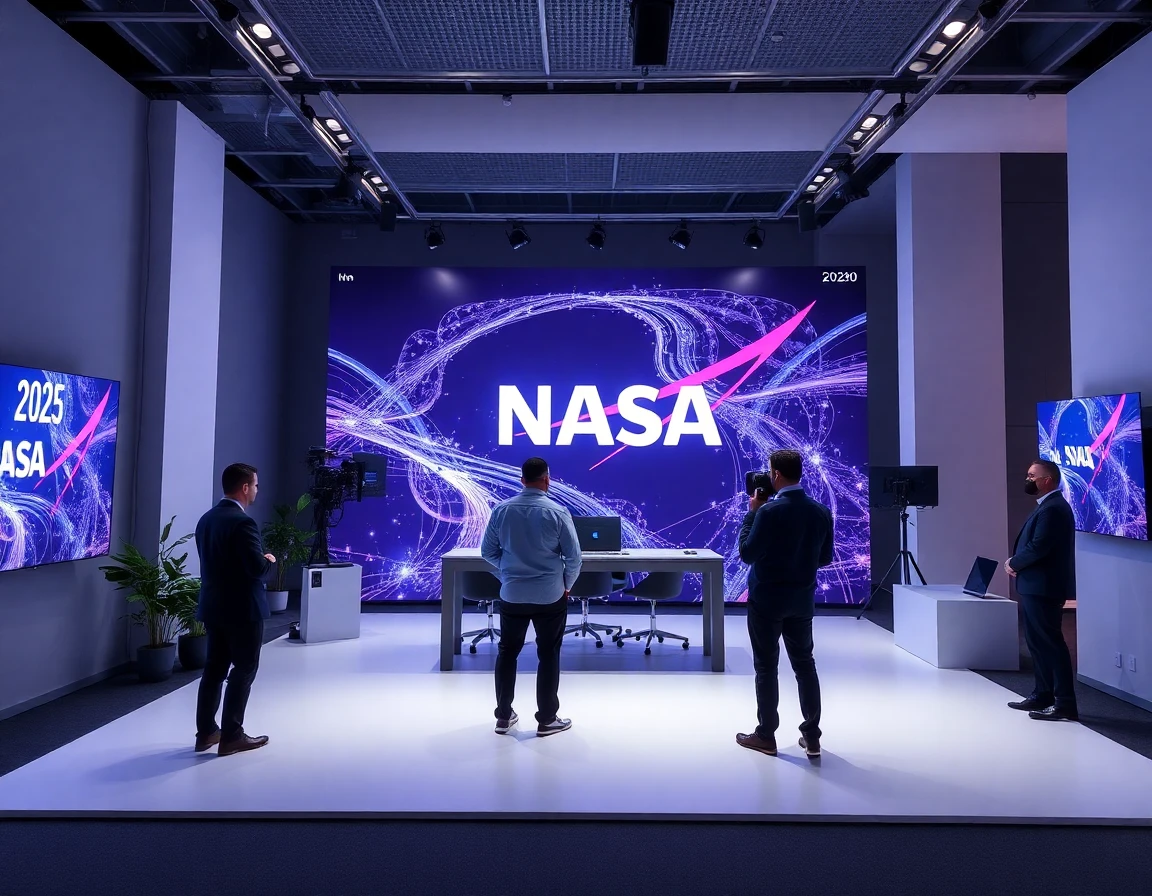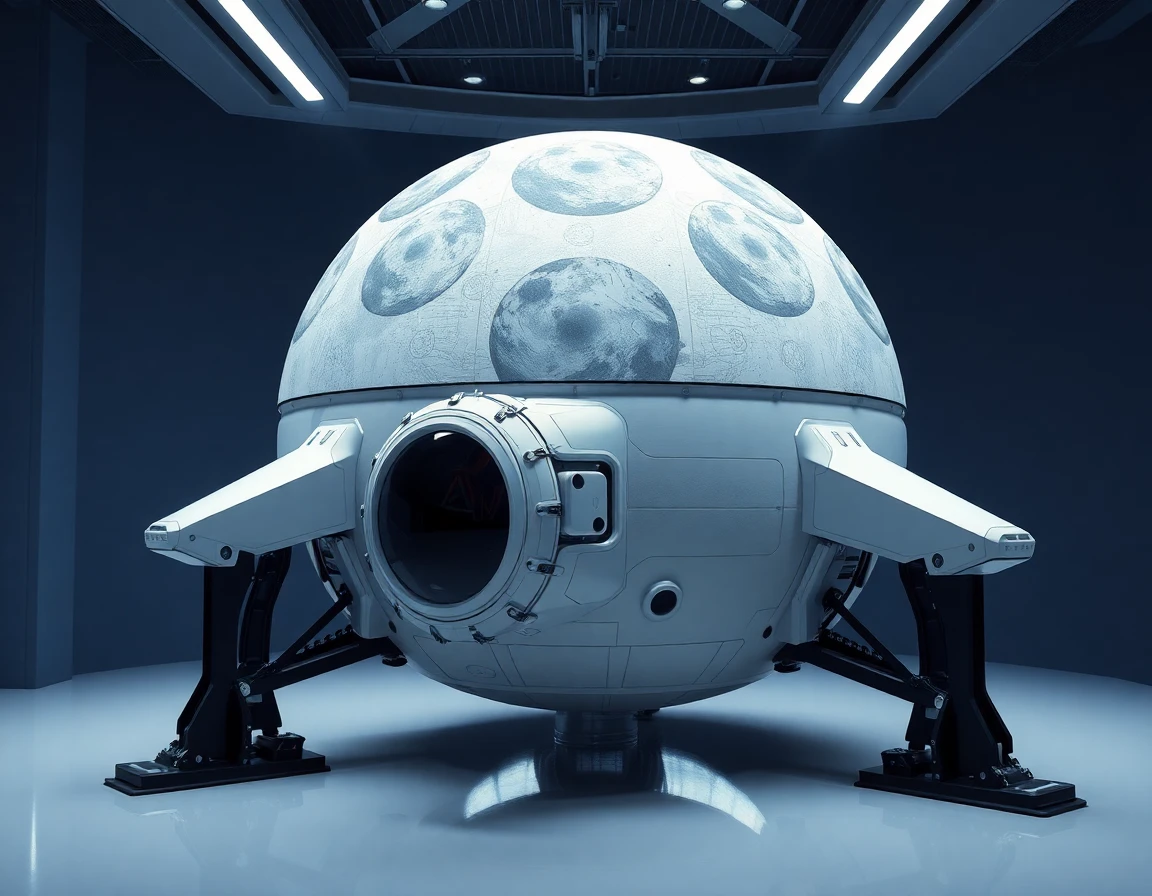NASA’s TechLeap Challenge has recently spotlighted the innovative contributions of small companies in the realm of space technology. As the agency pushes for advancements in space exploration, it has turned to smaller firms, which are often more agile and capable of pioneering groundbreaking technologies. This shift not only accelerates development but also democratizes access to the aerospace sector.
The TechLeap Challenge: A Catalyst for Innovation
Launched to spur technological advancements, the TechLeap Challenge invites small businesses to propose solutions that enhance NASA’s capabilities in various areas, including robotics, communication, and satellite navigation. With a focus on practical applications, this initiative encourages entrepreneurship while aligning with NASA’s mission of space exploration and research.
“The TechLeap Challenge is a testament to NASA’s commitment to fostering innovation within the aerospace industry,” said Dr. Emily Carter, a leading aerospace expert. “By collaborating with small companies, NASA can leverage fresh ideas and technologies that may not surface in larger corporations.”
Transformative Technologies Emerging from the Challenge
Among the numerous entries, several technologies stand out for their potential to revolutionize space operations. One such technology is the High-Precision Advanced Navigation System (Model: HXG46JG230). This system utilizes high-precision fiber optic sensing coils, providing exceptional stability and accuracy for navigation and measurement applications in aerospace. Such precision is crucial for satellite positioning and orbital maneuvers, which are integral to successful missions.
“Advanced inertial navigation systems like the HXG46JG230 are essential for maintaining the accuracy of spacecraft trajectories, especially during complex maneuvers in space,” explains Dr. Michael Reynolds, a senior engineer at a participating firm. “These systems enhance our capability to deploy satellites more efficiently and safely.”
The Impact of Small Businesses on Space Technology
The involvement of smaller enterprises not only fuels innovation but also reduces costs for NASA. Traditional contracting processes can be lengthy and cumbersome, but small companies often bring nimbleness that allows for faster development cycles. This is critical in a field where technological advancements can significantly improve mission outcomes.
For instance, precise laser beam positioning and tracking applications are essential for satellite communication and data collection, which is where products like the ZQXXSGDSS System come into play. This high-performance single-tube PIN quadrant detector integrates a four-quadrant design to ensure precision in laser applications. Although not directly tied to the TechLeap Challenge, its relevance in future satellite systems highlights the importance of cutting-edge technology in enhancing communication capabilities from space.
Future Developments and Potential Collaborations
As small companies continue to innovate, the future of space technology looks promising. The TechLeap Challenge has already opened doors for potential collaborations between NASA and these agile firms, providing an avenue for integrating new technologies into existing frameworks. This collaboration could lead to advancements in thermal management systems, gyroscopic instruments, and other critical technologies that ensure spacecraft operate efficiently in extreme environments.
“The future will likely see a blend of small and large entities working together to push the boundaries of what’s possible in space technology,” predicts Dr. Carter. “We are on the cusp of a new era where innovation is driven by collaboration and shared expertise.”
Conclusion: A New Era for Space Exploration
The TechLeap Challenge is a game changer in the aerospace sector, encouraging small companies to take the lead in developing innovative technologies that meet NASA’s ambitious goals. With the integration of advanced navigation systems and precision instruments, the future of space exploration is not only more efficient but also more accessible.
As NASA continues to harness the creativity and ingenuity of small businesses, the potential for breakthroughs in space technology is limitless. The successful collaboration in the TechLeap Challenge sets a precedent for future partnerships that will ultimately enhance humanity’s exploration of the cosmos.



